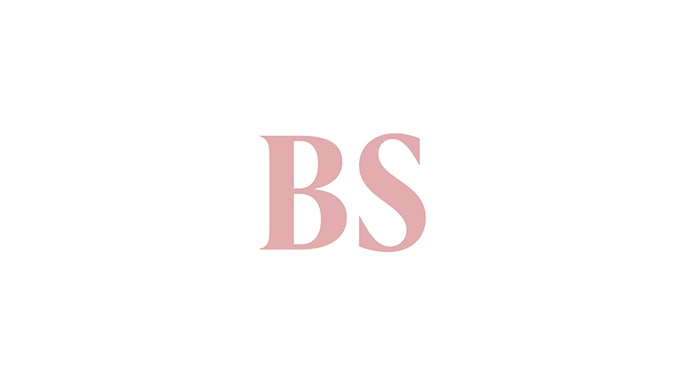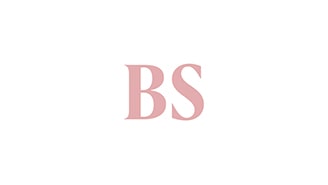Borrower indebtedness in microfinance declines to 11.7%: RBI report
Despite rising stress in microfinance portfolios, RBI notes decline in borrower indebtedness as tighter underwriting and regulatory caps limit over-lending

Listen to This Article
Even as the ratio of stressed assets in the microfinance sector increased in the second half of FY25 (H2 FY25), borrower indebtedness is showing a declining trend at 11.7 per cent, according to the Reserve Bank of India’s (RBI’s) Financial Stability Report.
Stressed assets in the segment rose, with 31–180 days past due (dpd) increasing to 6.2 per cent in March 2025 from 4.3 per cent in September 2024. The banking sector also saw an increase in stress in its microfinance portfolio, with 31–180 dpd rising to 6.5 per cent from 4.7 per cent. “However, borrower indebtedness, measured by the share of borrowers availing loans from three or more lenders, is showing a declining trend,” the RBI said.
While the microfinance sector was under stress, credit to the sector decreased by 13.9 per cent in 2024–25. Bank credit to the segment, which forms 48.3 per cent of total credit outstanding, contracted by 13.8 per cent during the year. According to the RBI, “adoption of tighter underwriting standards by the lenders was the primary driver behind deceleration in credit growth, which also resulted in a decrease in total active borrowers by 40 lakh.”
The two Self-Regulatory Organisations (SROs) for the microfinance sector—MFIN and Sa-Dhan—had tightened guardrails for their members to reduce stress in the system. Measures included imposing a ₹2 lakh limit on loans and capping the number of lenders per borrower at three. The SROs also advised their members to stop lending to delinquent borrowers with defaults exceeding ₹3,000 for 60 days, instead of the earlier 90-day threshold.
More From This Section
Topics : AstaGuru
Don't miss the most important news and views of the day. Get them on our Telegram channel
First Published: Jun 30 2025 | 8:21 PM IST
